TRANSFORMER SITES
110 kV transformer sites
We have been developing, manufacturing, and assembling transformer substations and transformer sites for more than 60 years. We produce jointless precast concrete products using the bell-casting method. This makes our solutions safe and reliable in the long term.
Our retaining and emergency sumps are perfectly sealed against oil leaks from transformers and rainwater leaks. We also use precast concrete for fire partitioning walls and roofing.
We can complete the rough construction within a few weeks. Unlike with wet construction, we are not dependent on weather conditions. We tailor-make each project and pride ourselves on the superior technical advice and support we provide. Contact us.
We can carry out transformer installations in many construction variants. The supporting structure consists of retaining sumps and emergency sumps, firewalls, columns and roofing.
Transformer
sites are of the following types:
- open,
- with firewalls,
- with firewalls and roofing
- closed, with firewalls, roofing and cladding.
Reference construction projects
KOLÍN
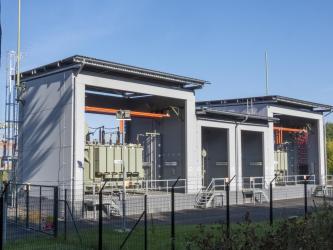
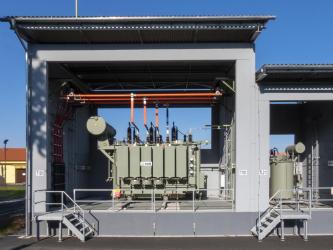
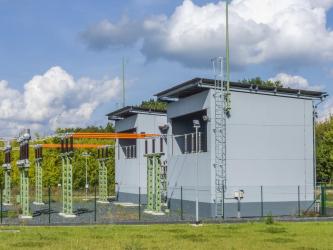
PEČKY

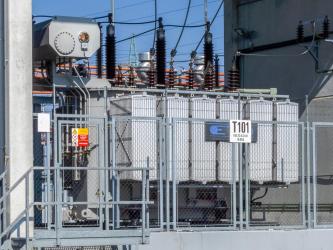
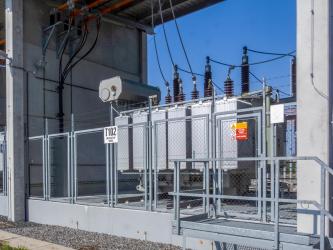
OVČÁRY U KOLÍNA

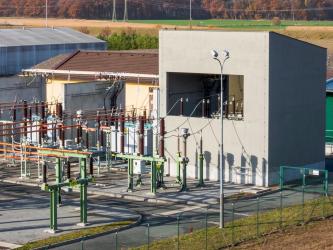
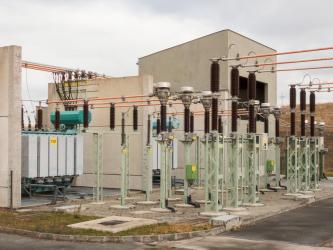
MNÍŠEK POD BRDY
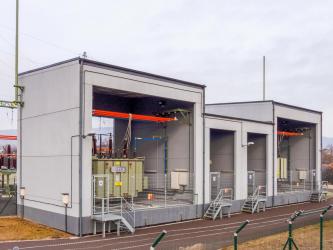

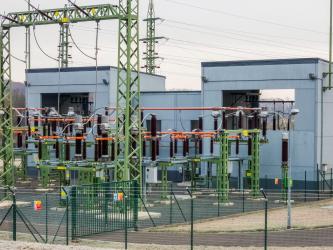
RETAINING AND EMERGENCY SUMPS
One site usually consists of several basins, connected to each other by special bushings.
A retaining sump and an emergency sump can function simultaneously as one unit. This saves the cost of building separate sumps and connecting pipes.
The sumps are designed for both transformers and reactors, which are almost always part of the transformer site. If the customer requests it, we will create space on the basin for mounting a resistor.
We design the size of the sumps according to EN 61936-1 for the amount of oil in the transformer, the intensity of rainwater, and the expected amount of extinguishing agents used. The wastewater is discharged into a pumping sump equipped with a level sensor. The water is then pumped out of the sump. Alternatively, the wastewater can be discharged via a discharge valve into a sewage sump. The cables can be routed in a dry cable duct to prevent the cable from coming into contact with water. The sumps are manufactured under the type designation AW in modular series, which are constantly being extended. Please ask our sales representatives for the current offer.
The wall thickness of concrete sumps is a minimum of 14 cm. The bottom thickness is min. 20 cm.
In
good geological conditions, the sumps are only placed on a compacted gravel
layer without foundations. The depth of the sump installation can be up to 3200
mm.
FIREWALLS
Firewalls are most often made of concrete panels set between concrete columns. The columns are anchored into prefabricated footings. Walls can also be made of inter-welded panels, but assembly may be more difficult.
ROOFING AND CLADDING
Depending on the customer's requirements, the transformer site can be roofed with a light steel roof structure or a heavy concrete roof made of pre-stressed Spiroll cavity panels. It is also possible to clad and enclose the whole transformer site.
NOISE PROTECTION MEASURES
To reduce noise, especially in urban environments, special noise reduction measures can be used in addition to the standard solution. By using concrete walls and roofing with Spiroll panels, very good noise attenuation values can be achieved. Furthermore, it is possible to reduce noise by cladding the internal walls with FeZn steel panels, cladding the roof structure with special tiles, installing noise ventilation elements and doors. Furthermore, the rails can be equipped with rubber linings.
FIRE PROTECTION GRATINGS
The sumps are covered with fire-extinguishing (BP-H) or fire-suppressing (BN-OF) gratings.
- BP-H fire extinguishing gratings are panels made of sheet metal profiles and glass foam granulate. They provide the highest fire safety. However, penetrations for cabling must be prepared in advance. It is not possible to make penetrations in the panels afterwards.
- BN-OF fire suppression grids are sheet metal profiles with an open area of approx. 4.5% that prevent fire from entering the sump area. The penetrations can also be made additionally. The handling of the profiles is facilitated by mounting hooks. This minimises the time required to switch off the transformer during inspection.
Installation and eventual dismantling of both types of grids is simple.
We
always install an inspection manhole in the extinguishing grating. To enable
access, a boarding bar with a top extension handle is fixed on the wall.


STORAGE OF TRANSFORMERS
The transformers have a capacity of 16, 25, 40, or 63 MW. They are mounted on insulated rails. These rails are anchored to solid concrete sleepers via a glass-textile pad and PVC clamps. The sufficient width of the sleepers allows the rail spacing to be varied. The transformer can be manipulated using a pull-out assembly pulley.
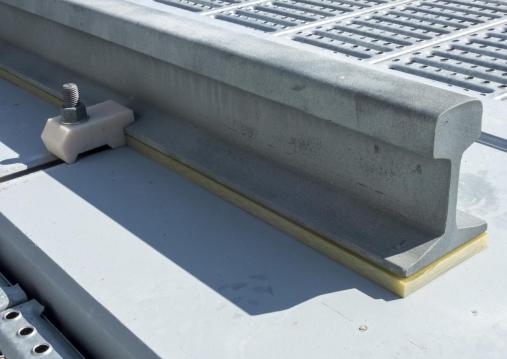
EARTHING
The internal earthing circuit is carried out using earthing strips. The connection to the external earthing circuit is made using special bushings.
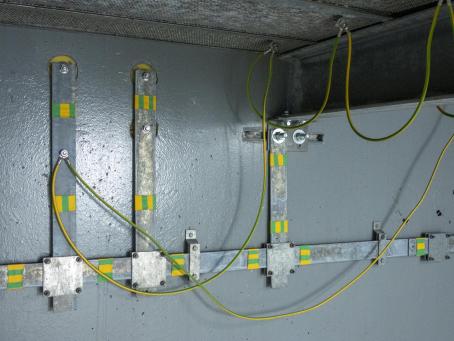

INSTALLATION OF THE PENETRATIONS BETWEEN THE BASINS



Transformer site installation in Písek
We will find the optimal solution for your project. Ask our sales and technical representatives for advice or a no-obligation price offer.






















